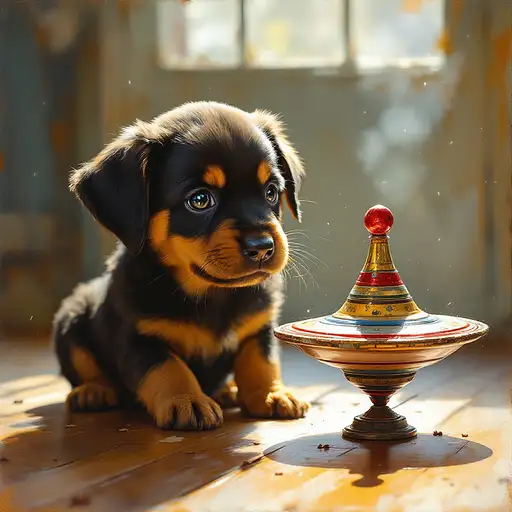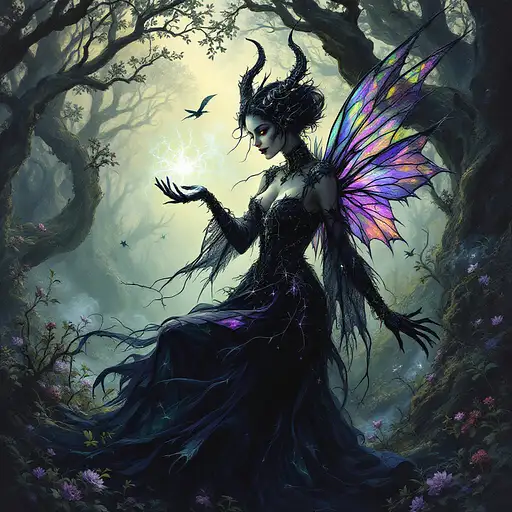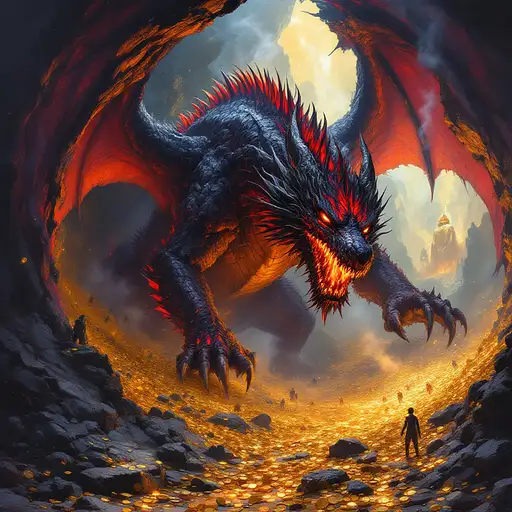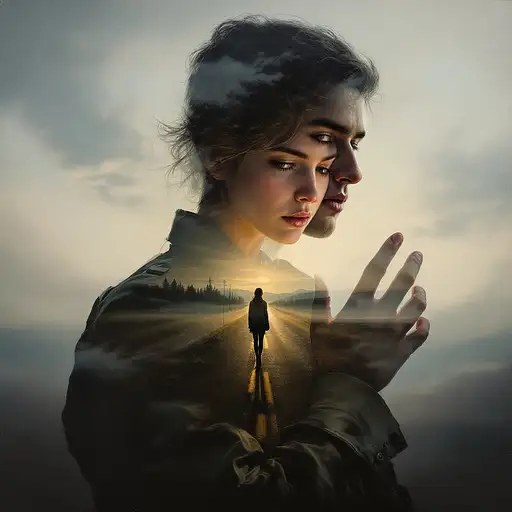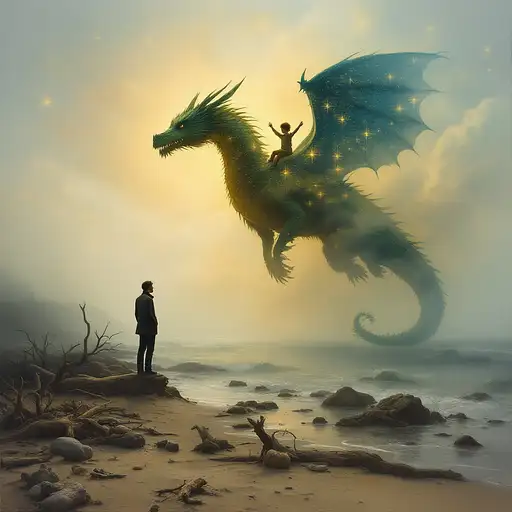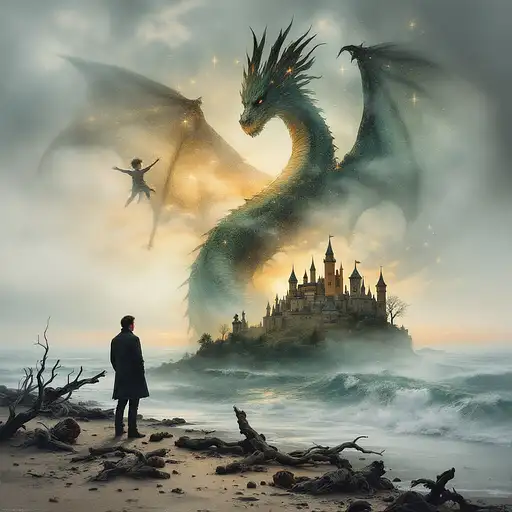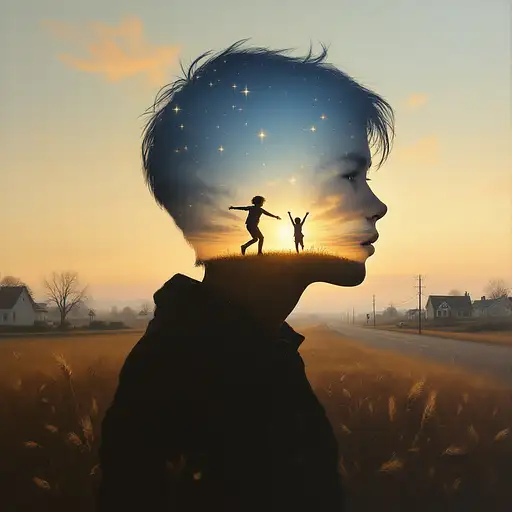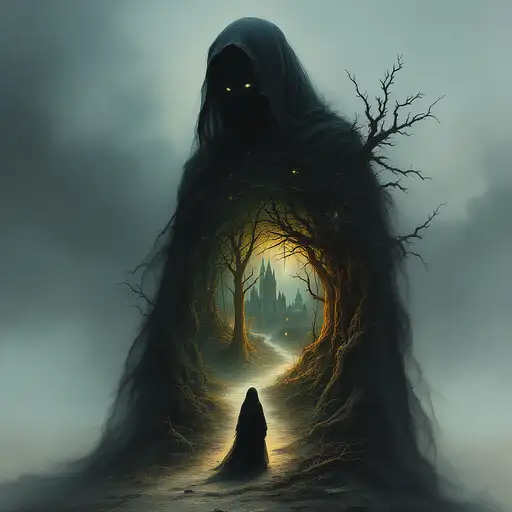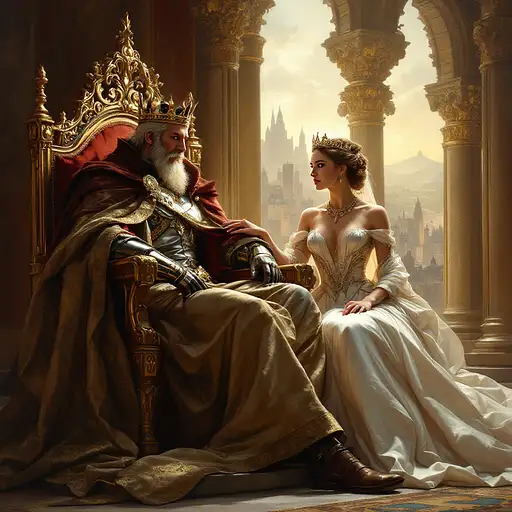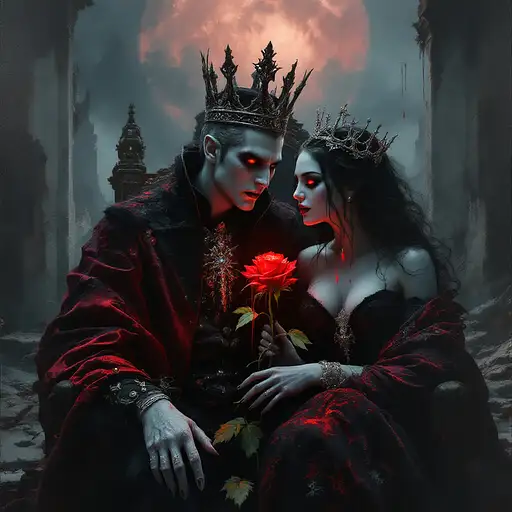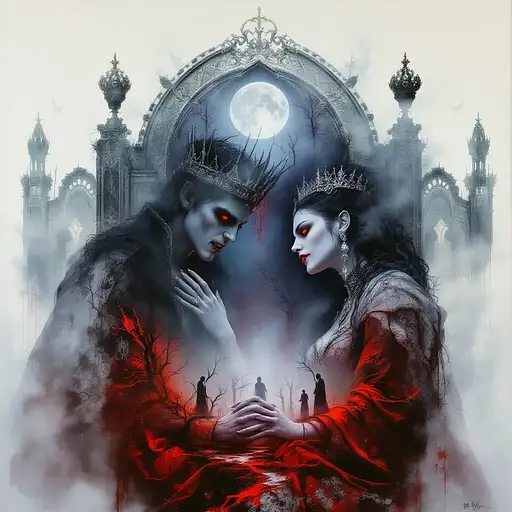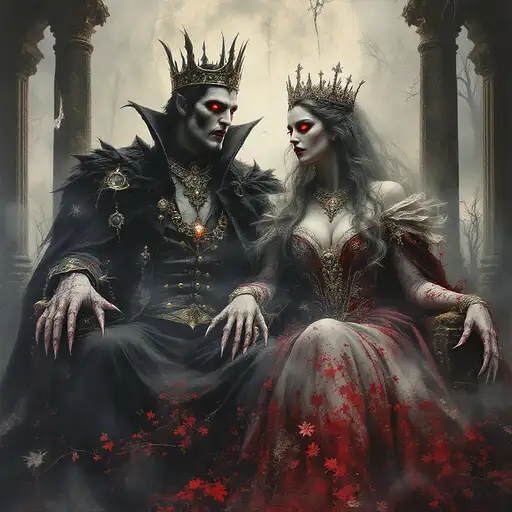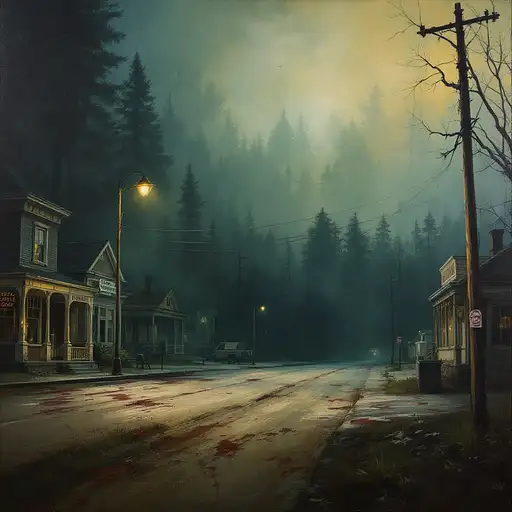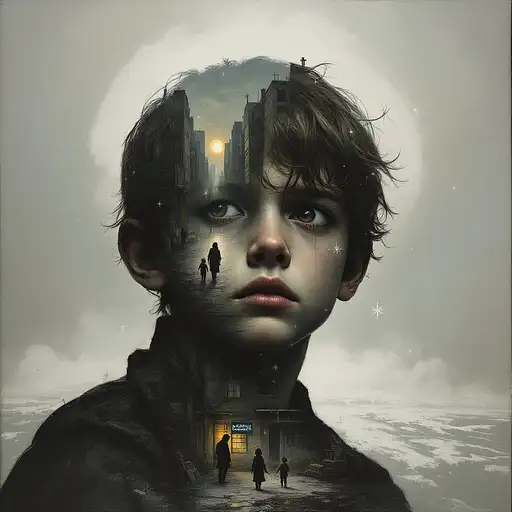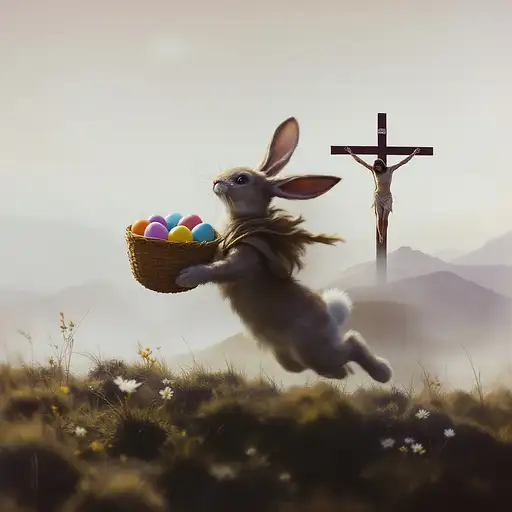
6 months ago
An award-winning double-exposure oil painting masterpiece that intertwines the contrasting yet connected narratives of Easter’s sacred origin and its modern-day wonder. In the foreground, the Easter Bunny is mid-hop across a hillside, a woven basket full of brightly colored eggs balanced on its back—symbols of rebirth, renewal, and joy. The bunny’s movement is light and fluid, ears bouncing, fur catching the golden edge of morning light. Within the soft, rounded form of the Easter Bunny’s silhouette unfolds the second, more solemn image: Jesus on the cross, rendered in delicate chiaroscuro within the double-exposure technique. The cross stands upon a distant hill, stark and dignified, surrounded by a quiet sky tinged with lavender and ash. The crucified Christ is not depicted in suffering, but in serene resolve—his form graceful, surrounded by an aura of light and forgiveness. The two images are not in conflict but in quiet conversation. The basket of eggs aligns with the curve of the cross, echoing themes of resurrection and sacrifice. The bunny’s ears sweep upward, blending softly into the crown of thorns. The color palette shifts gently from playful spring pastels into muted earth tones and radiant golds—conveying both celebration and reverence. The background hints at a field in transition: one half lush with blooming flowers and scattered eggs, the other fading into windswept grass and olive trees beneath a brooding sky. The brushwork is expressive and layered, giving texture to both fur and woodgrain, to joy and sorrow alike. This painting invites reflection on the dual nature of Easter—the lightness we share in its modern traditions, and the profound grace beneath them. It is a visual hymn, celebrating the circle of death and rebirth, innocence and salvation, play and purpose

